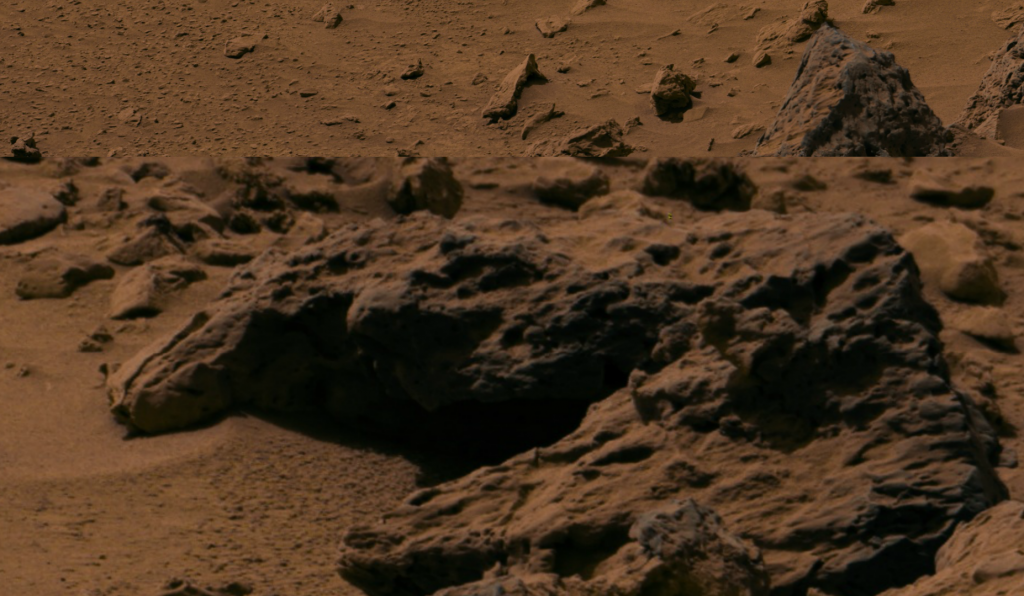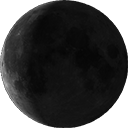
This simulated view from NASA’s Cassini spacecraft shows the expected positions of Saturn and Earth on July 19, 2013, around the time Cassini will take Earth’s picture. Cassini will be about 898 million miles (1.44 billion kilometers) away from Earth at the time. That distance is nearly 10 times the distance from the sun to Earth. Image credit: NASA/JPL-Caltech
PASADENA, Calif. – NASA’s Cassini spacecraft, now exploring Saturn, will take a picture of our home planet from a distance of hundreds of millions of miles on July 19. NASA is inviting the public to help acknowledge the historic interplanetary portrait as it is being taken.
Earth will appear as a small, pale blue dot between the rings of Saturn in the image, which will be part of a mosaic, or multi-image portrait, of the Saturn system Cassini is composing.
“While Earth will be only about a pixel in size from Cassini’s vantage point 898 million [1.44 billion kilometers] away, the team is looking forward to giving the world a chance to see what their home looks like from Saturn,” said Linda Spilker, Cassini project scientist at NASA’s Jet Propulsion Laboratory in Pasadena, Calif. “We hope you’ll join us in waving at Saturn from Earth, so we can commemorate this special opportunity.”
Cassini will start obtaining the Earth part of the mosaic at 2:27 p.m. PDT (5:27 p.m. EDT or 21:27 UTC) and end about 15 minutes later, all while Saturn is eclipsing the sun from Cassini’s point of view. The spacecraft’s unique vantage point in Saturn’s shadow will provide a special scientific opportunity to look at the planet’s rings. At the time of the photo, North America and part of the Atlantic Ocean will be in sunlight.
via NASA – Cassini Probe to Take Photo of Earth From Deep Space.




